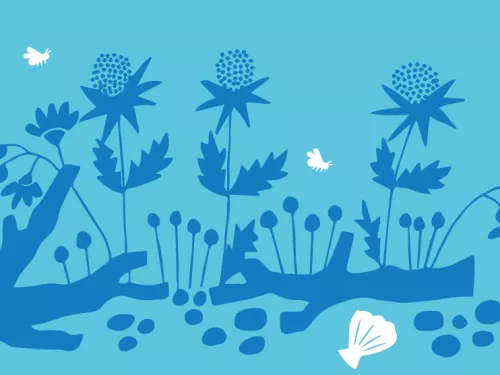
How to help wildlife at school
Whether feeding the birds, or sowing a wildflower patch, setting up wildlife areas in your school makes for happier, healthier and more creative children.

Few of us can contemplate having a wood in our back gardens, but just a few metres is enough to establish this mini-habitat!
Surfaced spaces have all kinds of uses. You may need off-street parking, or a low-maintenance alternative to a lawn; a path running between flower beds, or just somewhere to sit and enjoy the garden. There are many surfaces to choose from – paving slabs, poured concrete, granite sets, bricks, decking, turf … But, on balance, gravel can be one of the more hospitable options when it comes to wildlife. Not only is it low-maintenance and relatively cheap for you, but it provides the perfect environment for drought-tolerant planting, attracting wildlife when other parts of the garden may not.
Gravel provides the perfect environment for drought-tolerant planting, attracting wildlife when other parts of the garden may not


Whether feeding the birds, or sowing a wildflower patch, setting up wildlife areas in your school makes for happier, healthier and more creative children.

Attracting wildlife to your work will help improve their environment – and yours!

Use the blank canvas of your garden to make a home for wildlife.

Surfaced spaces needn't exclude wildlife! Gravel can often be the most wildlife-friendly solution for a particular area.

Woody shrubs and climbers provide food for wildlife, including berries, fruits, seeds, nuts leaves and nectar-rich flowers. So why not plant a shrub garden and see who comes to visit?

Coastal gardening can be a challenge, but with the right plants in the right place, your garden and its wildlife visitors can thrive.